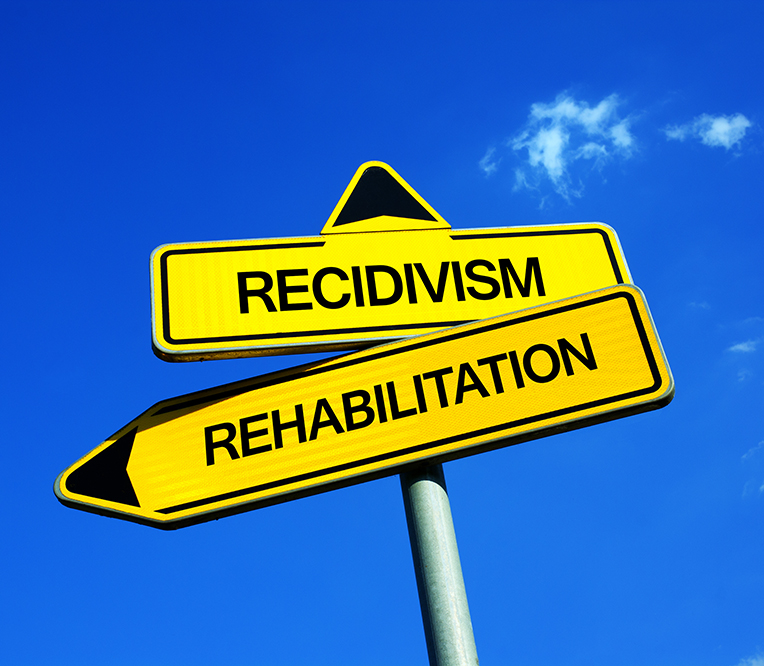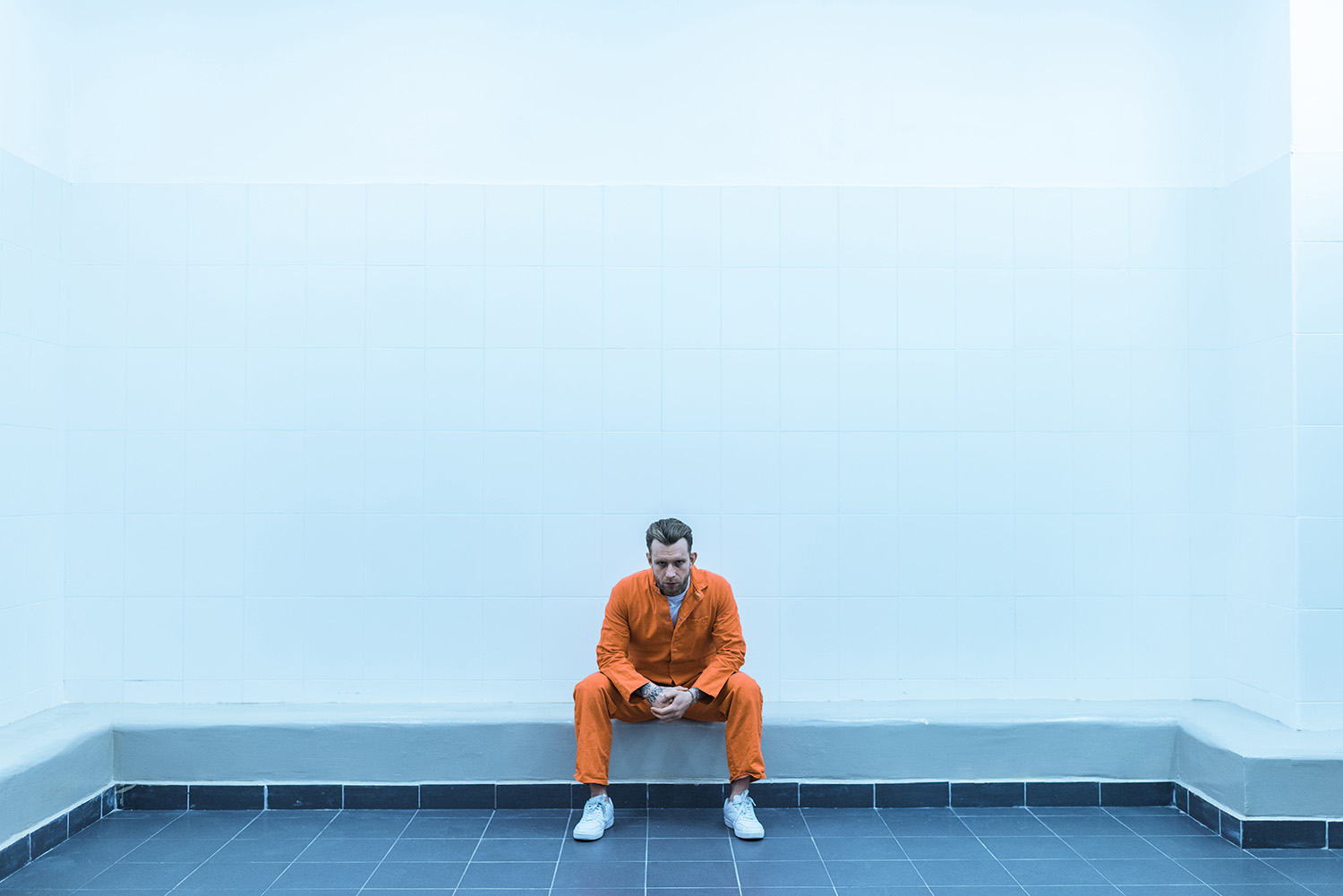There is always talk of prison reform.
First, let me begin by saying that although our system needs reform, there is also a lot that we do get right. Our country has been intentional about protecting human rights inside of prisons. We have laws to ensure that prisoners are fed, clothed, have sanitary living spaces, and access freshwater. Constitutional rights protect us: the right to a speedy trial, the right to a jury of our peers, the right to face their accusers, and the prohibition of cruel or unusual punishment are just a few. Our Constitution provides more than a dozen protections for those accused of crimes in the United States that most prisoners in other countries do not get. So, we are on the right track. However, we have a lot of work to make our system equitable, efficient, and effective.
The Constitution addresses how people get convicted and puts constraints on the level of punishment in broad terms. What I want to talk about are the things outside of our Constitutional rights: Things like social justice, proper rehabilitation, and the importance of family stabilization in the entire process. If we want to reform our system, we must address the families’ breakdown and extend the reform to our methods of prevention, intervention, and redirection. In other words, what are we doing to help individuals and families before someone goes to prison, while they are there, and after they get out? The answer: Not. Enough.

Currently, we are doing little to stop the pipeline to prison.
Data shows that the number one indicator of spending time in prison is poverty. Being poor is the most significant indicator of whether someone spends time locked up. Not race, gender, or religion. Poverty. A Brookings Institute report revealed that boys born into the bottom 10% of income homes are TWENTY TIMES more likely to be in prison in their early thirties than those born into the top 10% income households. If you are poor and accused of a crime, you are very likely to go to prison. And the poorer you are, the more time you are likely to spend there. Now, if you are both poor and either black or brown, you are at an even higher risk.
"The thing that frustrates me the most is that anyone who is a part of the system knows this to be true. Not because of the recent research, but because it has been evident for a long time. It is time to stop researching to confirm the problems that clearly exist and start fixing the problems!"
Yes, pockets of programs and funding provide educational or occupational opportunities to help people prepare for better jobs. These programs are not enough. Jobs alone do not move people out of poverty. Job training can help people get jobs, but not keep them. The sad truth is that most people who qualify do not take advantage of the help. They do not see themselves outside of their circumstances. We must address the underlying thinking patterns that cause people to stop dreaming. When you stop dreaming, you cannot see a better life ahead. If you do not believe that you can achieve anything more than you have known, you give up and accept your present condition as your final destination. Your current position is your starting point.
Welfare has become a system of enabling instead of empowering. To fix our prison problem, we must fix our families in poverty problem. The adage, an ounce of prevention is worth a pound of cure is real. As we look to prevention, we must see investing in the family structure as the key to finding the antidote to poor people’s over-incarceration. So, here are my ideas of how we can reform our current system:

1. Invest in families living in the bottom 25% of income in the US.
If we make it mandatory for families to participate in personal and professional development to receive assistance, we can help people instead of contributing to their mediocrity. I am not talking about mandated “work” for assistance that currently exists and extends the “less than” thinking that has permeated our culture. I am suggesting that we provide people with the opportunity to address their trauma, understand their journey, and learn to dream again. Then, provide skills and educational opportunities. They must understand their “why” before they can invest in their future. Tell them what we know – poverty is not their friend, options for change are everywhere, and they are capable of dreaming and reaching their goals. Then, provide them with the case management support needed to begin this new journey out of poverty. Always empowering, not enabling.
2. STOP sending people to prison for minor offenses.
The ability to afford an attorney should not predict incarceration rates. We must adjust our sentencing structure to provide accountability, not just punishment. Non-violent crimes are different, so we should treat them differently. Sentencing should be equitable among the poor and the rich. Our prisons are overcrowded because of a faulty assumption that punishment will fix their criminal thinking. We must invest in helping them become an antidote to crime in their communities. Invest in people with the expectation that they will reinvest in others and multiple positive changes.
3. Invest in families already affected by prison.
Every state has programs for the primary victims of crime. Rightly so. However, we are missing a massive piece of the reform puzzle if we ignore the plight of the families of those incarcerated. There are very few programs across the US designed to address families’ unique challenges when impacted by prison. We must do better! If we want to reform our system, we should be investing in these families. These children are at the most significant risk of combining risk factors—bottom 10% of income, parent(s) in prison, poorest neighborhoods, most inferior schools, most fatherless. We must implement programs designed to connect with families as soon as a parent goes to jail in every community. These programs need to focus on stabilizing family relationships and roles first, then social identity, and then workforce programs to help move them out of poverty. We can multiply the return on investment if we provide proper support to the family left behind. Children do better in school and build the resiliency they will need to be healthy and productive adults, caregivers build a new foundation for a new life outside of poverty, and the incarcerated parent returns to a stable environment rich with the opportunity to stay out of prison successfully. No more ignoring the extreme disadvantages these families face!
4. Incorporate programs designed to address the underlying barriers of the cycles of self-destruction into workforce development.
We need to stop pretending that only teaching job skills is going to fix poverty and incarceration. Emotional, mental, familial, and spiritual support are vital to the success of a former prisoner. Discouragement and fear are the most significant contributors to failure to return home from prison for good. Creating strong family support, a network of community support, and connections to people who have overcome similar challenges who are rooting for them to be successful is essential.
5. There are effective programs and interventions across our country — but too few of them.
We must look to broadly implement profound change if we really want to experience prison reform. Policies changes that create small changes are insignificant in the face of the enormity of the problems. When we have the guts to admit that what we are doing doesn’t work and the courage to change, we will see a reversal in the trend. We can fix the problems through systemic overhauls and investments in families and individuals.
I promise to do my part.
I am rooting for you!
Cathy

